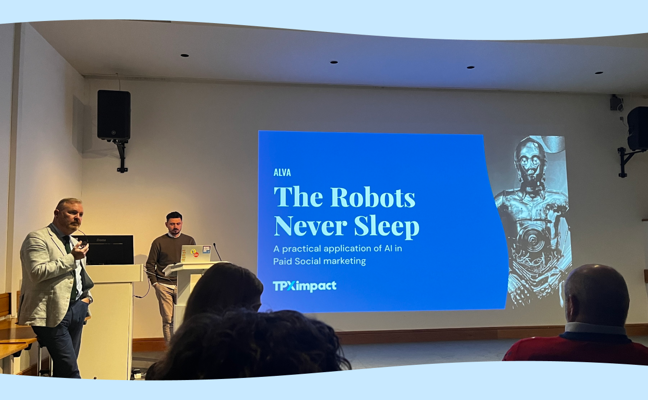Knowledge hub

From Manila to London: Navigating cultures in the TPXimpact Design Academy
11 April 2024 Design
Ron Digao shares his journey to our Design Academy and his experience in the programme so far this year.
Read more
Turbocharging Power BI performance
25 March 2024 Technology
How external tools can improve the performance of Power BI semantic models.
Read more
A practical application of AI in paid social marketing
22 January 2024 Experience
Integrating AI in marketing strategies represents a transformative shift in how positive-change institutions engage with their audiences.
Read more
Common misunderstandings about LLMs within Data and Analytics
26 March 2024 Data
GenAI and LLMs have their benefits, but understanding their limitations and the importance of people is key to their success.
Read more










